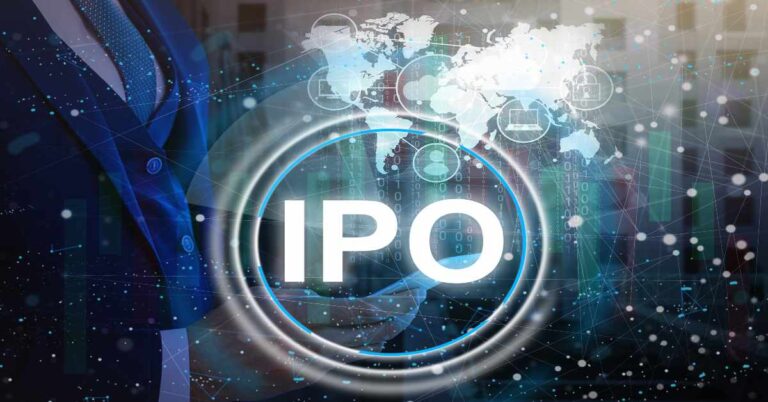8 Ways Your Legacy ERP Could Be Costing You Innovation

 The world is innovating faster than ever, but ERP systems seem to stay frozen in time. Did you know that “half of ERP customers are at least two versions behind the latest release,” according to Forrester Research1? Two versions can equate to a system that is four years out-of-date!
The world is innovating faster than ever, but ERP systems seem to stay frozen in time. Did you know that “half of ERP customers are at least two versions behind the latest release,” according to Forrester Research1? Two versions can equate to a system that is four years out-of-date!
Organizations that have already invested heavily in an on-premise ERP are reluctant to rip it out and replace it. That’s understandable given the huge sunk costs they have in these systems and the disruption to the business replacing them can cause. However, while leveraging older systems may seem convenient and economical, in reality it can do your business more harm than good…and the damage is real. In a hyperactive world in which last year’s smartphone is passé, four years is enough to set your company back behind your competition. And while your ERP has your business stuck in quicksand, your competitors are not standing still.
Oracle + NetSuite recently published a whitepaper titled, “8 Ways Legacy ERP Harms Your Business.” While the article predictably points readers toward NetSuite as a solution, Bridgepoint Consulting has been recommending a number of cloud-based ERPs to clients for years, for some of the same reasons.
Even before getting to the eight harms they delineate, Oracle frames the issue well, referring to “The danger of ‘version-locked’ ERP: Customizations to an ERP that seemed so innocuous at the beginning of an implementation years ago that they have built up over time like silicon plaque. Gradually your ERP becomes hardened to change because an upgrade to on-premise technology means re-implementing and testing those custom schema changes, integrations, workflows and reports.”
This is the core of the issue – not only are upgrades resource- and capital-intensive, but they also become fraught with peril as old customizations become “black boxed.”
Here are a few key challenges noted by Oracle that we often hear from clients who are struggling to step away from their legacy ERP systems (additional challenges are featured in the whitepaper):
Business Regulations Demand Fluidity; Brittle and Outdated ERPs Fail to Keep Pace
Not only do cloud ERPs keep up-to-date with accounting regulation changes such as the new Revenue Recognition (ASC 606) and Lease Accounting (ASC 842) standards, they also seamlessly integrate with other cloud software. This helps to ensure that all data stays up to date and in sync, and you are capturing data for changes to international business standards, tax rule changes and beyond.
Centralized Old ERPs Hamper the Increasingly Decentralized Business
Oracle states that “businesses need to be able to choose where work takes place based on cost, timeliness and the ability to maintain and adapt to an elastic workforce.” While many companies on legacy on-premise ERPs have off-shore resources using that software, it requires a business center, VPN and IT support in that location. More cloud-based applications mean that in addition to accounting resources being anywhere, IT resources can also support them from anywhere. And much of IT support for the application is done by the vendor (e.g., Oracle).
Legacy ERPs Fail to Satisfy the Appetite for Real-Time Information
More and more we hear questions around Business Intelligence (BI) when clients are evaluating a new ERP. This is primarily due to the promise that they will be able to obtain better, faster metrics to manage their business from a new ERP system. In fact, most mid-market cloud ERPs either come with BI capabilities, offer a BI tool for budgeting and more advanced reporting needs, or have a partnership with a BI tool and a pre-packaged API to integrate them. In many cases, they offer all of those options.
The reality is that today’s business environment is changing faster than ever before. Is your current ERP system supporting the growth and technical needs of your business?
Here are other questions to consider if you’re still on a legacy on-premise ERP:
- Do your customers want real-time self-service online and information regarding availability, prices and order status?
- Do you have a product that you want to reach more customers through channel partners such as Amazon or Shopify?
- Does your sales team need real-time inventory levels to sell more product faster?
- Are your suppliers asking for an EDI or supplier interface for purchase orders?
- Can employees enter their time and expenses into the ERP, and can it route that information for appropriate approvals?
All businesses at one time or another must weigh the costs and benefits of retaining legacy systems against the costs and benefits of selecting and implementing new ones. With annual legacy maintenance costs being as much as 20% of million-dollar licensing and implementation costs, plus additional operational factors, we often find that when we ask clients these questions, they realize they can’t afford not to migrate to a cloud ERP.
For more on the ways your old ERP system is holding you back, download the whitepaper 8 Ways Legacy ERP Harms Your Business.
HOW BRIDGEPOINT CAN HELP
A Texas-based leader in delivering and integrating ERP solutions including NetSuite, Oracle Financials Cloud and more, Bridgepoint Consulting has a large team of consultants who are here to help you reap the full benefits of your ERP. If you have any questions or would like help upgrading or implementing an ERP system, please get in touch. Learn more about our services and areas of expertise here.
Reference: ERP Customers Demand Better Flexibility, Cost Transparency, and Mobility, Forrester Research1
Ready for a Solution?
Let Bridgepoint Consulting Help
Whether you need help with a platform/business strategy, an in-flight project, or need a talented consultant to bridge critical gaps, our team is here for you.
Recent consulting news & industry insights from the Bridgepoint digital content & research teams.




